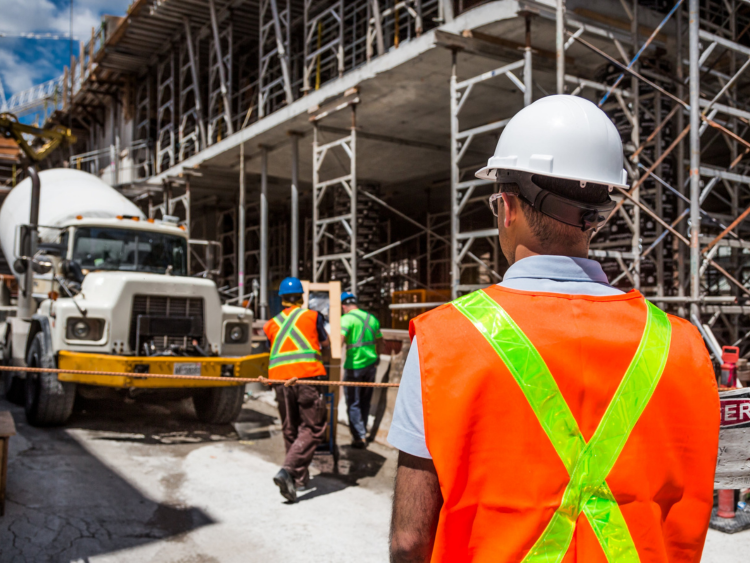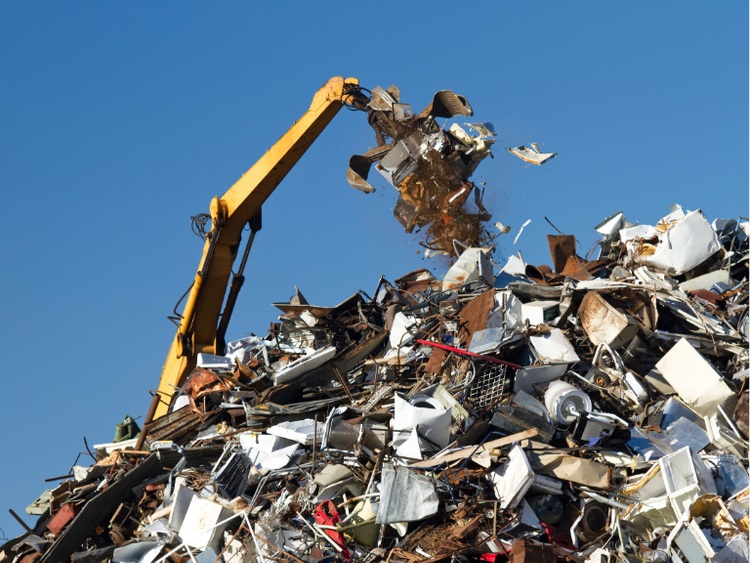Scrap Consumers

November 12, 2024
Construction jobs gain in October, but activity indicator slows
Written by Stephanie Ritenbaugh
Construction sector employment rose in October. But a leading indicator for construction activity has continued to slow.
Construction gained 8,000 jobs last month following a small increase in spending in September as the industry hiked hourly wages at a faster rate than other industries, according to the Associated General Contractors of America. The Arlington, Va.-based trade group noted the employment increase was likely impacted by hurricanes hitting fast growing regions and the ongoing impacts of construction labor shortages.
“The job gains in construction occurred even though hurricanes in the Southeast probably dragged down hiring in previously fast-growing states,” said Ken Simonson, the association’s chief economist. “Contractors are hiring and raising hourly pay at above-average rates in an effort to keep projects on track.”
As for current job rates, construction employment in October totaled 8.3 million, seasonally adjusted, an increase of 8,000 from September. The sector has added 2.8% during the past 12 months, double the 1.4% increase for total nonfarm employment, the association said.
A robust construction sector is good for the steel and aluminum used in building projects — and that’s good for scrap demand.
Meanwhile, some slowing growth in planned projects caused the Dodge Momentum Index to retreat in October. The index has declined for two consecutive months, after five months of growth following a two-year low in March.
Dodge Construction Network (DCN) reported a DMI of 197.2 in October, a 5.3% drop from the revised September reading of 208.2. Institutional planning declined 2%, while commercial planning fell 7%.
“In addition to data center planning normalizing, a moderate pullback in the number of planning projects for several other nonresidential sectors also contributed to the decline in the Dodge Momentum Index for October,” stated Sarah Martin, associate director of forecasting at Dodge Construction Network. “Regardless, owners and developers remain confident in next year’s market conditions, and the planning queue remains poised to spur stronger construction activity in 2025, following deeper rate cuts by the Fed.”
The DMI tracks the value of nonresidential construction projects entering the planning stages. It typically leads construction spending by about 12 months.
On the commercial side, most categories saw declines. The exception was hotel planning, which has continued to gain momentum, Dodge noted. On the institutional side, education and public planning activity expanded, offset by weaker activity in healthcare, recreational, and religious projects.
Still, the DMI was 13% higher than it was a year ago. The commercial segment was up 18% from year-ago levels, while the institutional segment was up 3% over the same period.
“The influence of data centers on the DMI this year has been substantial,” the report stated. “If we remove all data center projects from January to October, commercial planning would be down 4% from year-ago levels, and the entire DMI would be down 2%.”
Many recyclers are looking toward 2025 for stronger manufacturing and construction activity, which should boost scrap supply and increased demand for finished steel.
“We expect that continued reductions in U.S. interest rates, along with the spending associated with the U.S. Infrastructure bills, will be major catalysts leading to higher manufacturing, construction, and consumer activity, and higher scrap flows,” Tamara Lundgren, chair and CEO of Radius Recycling, said during the company’s recent fourth quarter earnings call.





